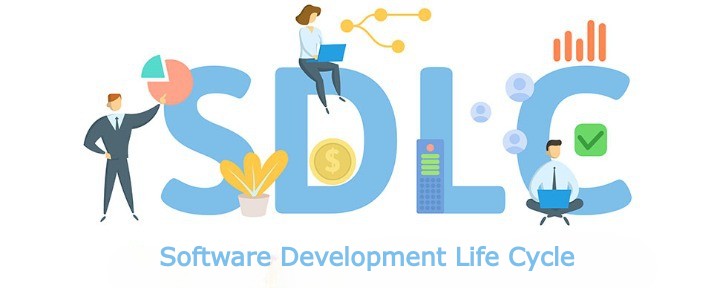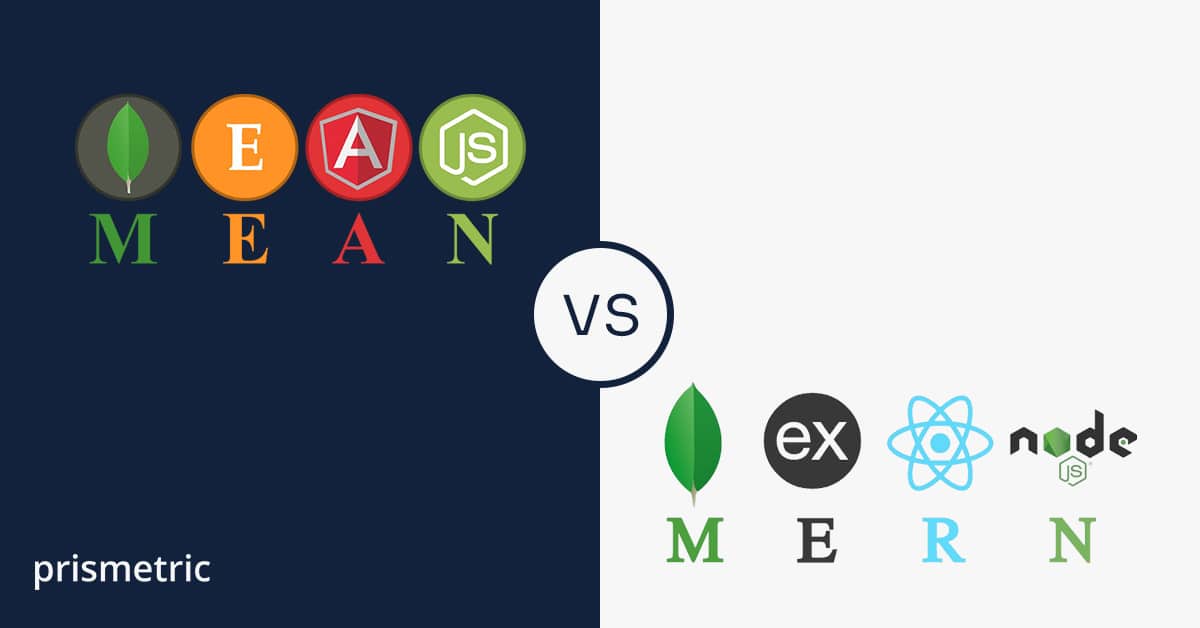- Home
- Software Development
- Agile Testing Methodology, Pro ...

The Agile Testing Methodology Process model is part of the Software Development Life Cycle (SDLC). This process programmers use to build software programs.
Also, Agile software development process models are the most popular methodology. The SDLC process is necessary for all software development companies. This method builds a high-quality project.
Furthermore, Tecoreng explores the Agile software development process model. And, all detail describe this methodology.
What Is Agile Testing?
The traditional development process is to pass out all processes of SDLC. like abstraction, designing, developing, testing, and deployment that takes months or years to complete the project to give the end-user or client.
The agile process model is totally different from the waterfall model. The agile models are a combination of iterative and incremental models.
Also Read: Software Development Process And Model
The agile method is the testing beings at the start of the project and there is continuous integration between the development and testing process. Agile methodology is a continuous process, not a sequential one.
Principles Of Agile Testing?
There are some principles of agile testing and methodologies process.
Continuous Testing
Continuous testing means the testing continuous in agile methodology. Which is the continued progress of software or project.
Keep Up Feedback
Keep up feedback means the software or project meets the end-user expectations.
Test Performed by the Whole Team
So, basically software or product test by the testing team and launched by the end user. But in agile testing, the development team also performs business analytics.
Decrease Feedback Response Time
In agile testing, the business team is involved in each and every iteration so they will get feedback from the end-user.
Simple and Clean Code
In agile testing, the bug fixes in the same iteration. This will help to ensure clean and simplified code.
Less Documentation
Less documentation is testing work on a reusable checklist and focuses on tests instead of detailed documentation.
Benefits of Agile Testing
- It is more flexible to change requirements in the running products.
- It is too simple because the bugs or errors can be addressed quickly. So, Solving the bugs at that time by a tester or developers.
- It is provided to the less and easy documentation
- It is confirmed the software is acceptable to the clients and end users, Feedback is valued in order to design software from their perspective.
- The agile principle provides simplicity and facility to the team processes.
- The most important benefits are time-saving. So, developers and bug fixers can test the product quickly.
Agile Testing Life Cycle
There are Technical Core Engineers exploring the agile testing life cycle. Agile developments give flexibility due to their iterative nature.

Also Read – A Handy Guide To Using Agile Methodologies And Testing Processes, Best Practices and Tools
So, without wasting time, start the agile testing life cycle and deep knowledge about the agile testing methodology.
Sprint Planning
Sprint planning is the discussion of project planning between the developer’s team. Sprint planning the team decided to complete an upcoming sprint. In short, planning is decided on the next sprint.
Also, The whole software or product is divided into smaller or manageable parts. So, team members are decided to the done with tasks in a time period.
Designing Test Case
The design test case is created by QA. Test case automated stubs from acceptance criteria by QA. It is important for the testing team to maintain a swing with the design team.
So, The testing team design the test case as per the requirements and provides functional requirement document and project design documents.
Quality verification
This quality verification is to check the quality of the developed software or product. As the development gets completed and made available for QA, then the testing process starts. The team works together to execute the software and product in an agile testing methodology.
Ensure Product Stability
This quality verification is to check the quality of the developed software or product. As the development gets completed and made available for QA, then the testing process starts. The team works together to execute the software and product in an agile testing methodology.
The QA team’s responsibility is to determine when to stop requirement flow and ensure product stability.
Manual & Automated Regression Testing
The manual and automated test cases run the product and check the code after adding the agile development process.
Conclusion
Agile testing methodology is helpful in developing bug fixes is very easy. And the software and product are bug-free and fully tested software to provide end-user or clients. Mainly, communication between the teams makes agile testing successful! The More data visit on Contact Us page or fill to free ask any query. Or follow us on LinkedIn, Twitter, Facebook, and Pinterest.





